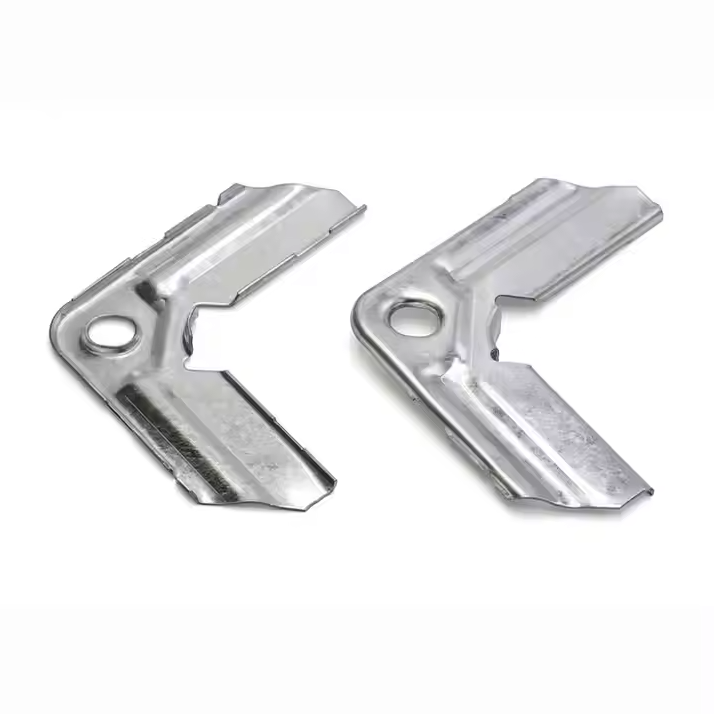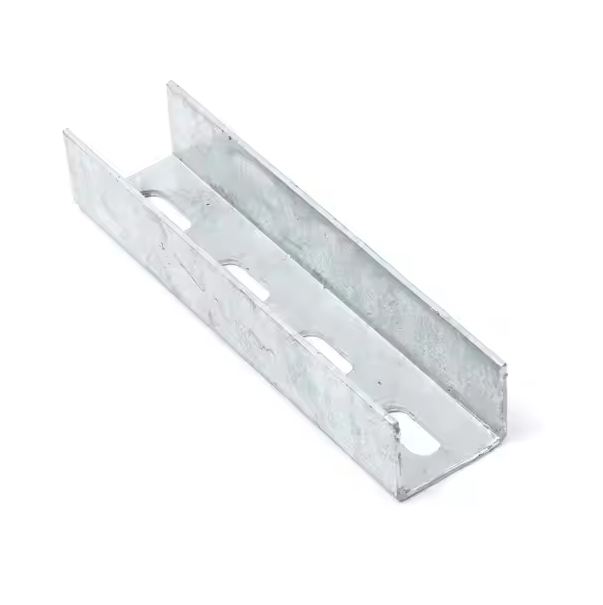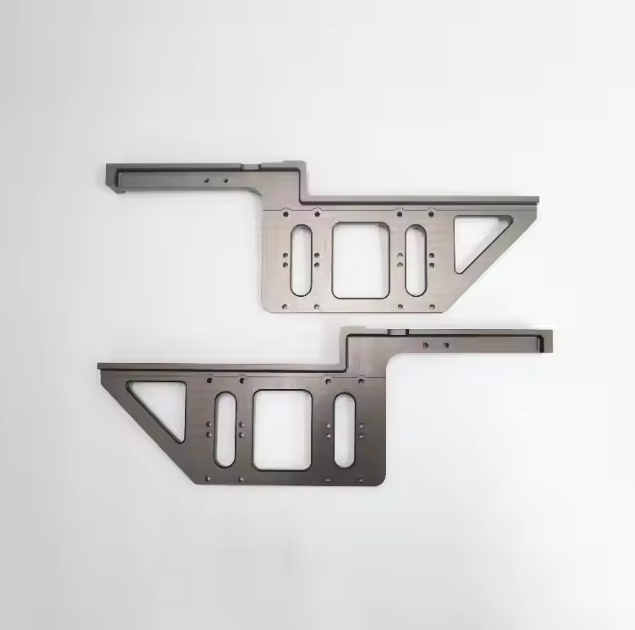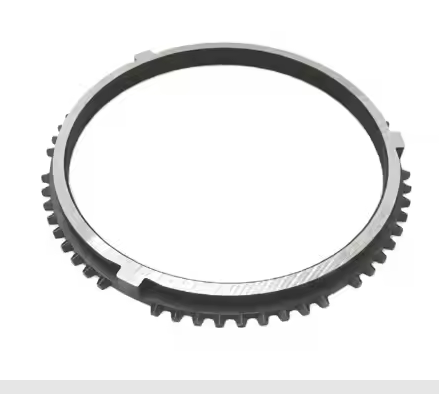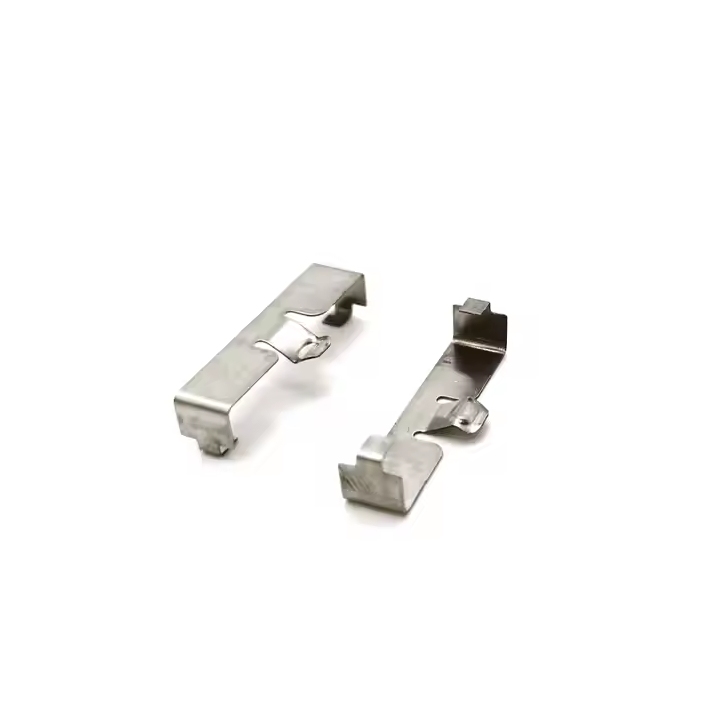In metal structures and sheet metal processing, sheet metal joints are structures used to connect metal sheets or metal parts together. There are many types of sheet metal joints depending on the connection method. Common joint types include welded joints, bolted joints, riveted joints, and glued joints. Each type of terminal block has its own unique characteristics and applicable scenarios.
Types of metal plate joints
1. Welded joints
Types
butt welding, lap welding, fillet welding, T-shaped welding, closed welding
Features
High strength: welded joints are formed by melting the parent material and resolidifying to form a reinforced metal connection, so the strength is usually high.
Structural integration: welding makes the connection between metal plates tighter, without external connectors, which usually makes the structure more integrated.
Wide range of applications: widely used in structures that bear greater loads and require higher strength, such as automobiles, ships, aerospace, buildings, etc.
High technical requirements: the welding process requires control of temperature, atmosphere, welding materials, etc., with higher operating requirements, and is easily affected by welding defects (such as cracks, pores, etc.).
Complex follow-up processing: heat treatment, cooling, cleaning and other follow-up processing may be required after welding.
Function
Welded joints can achieve strong and stable connections, especially suitable for occasions requiring high strength and durability, and are widely used in structural parts, pipelines, steel structures and other fields.
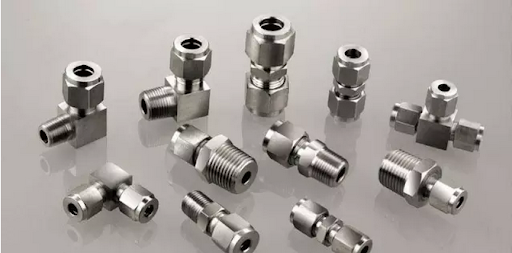
2. Bolt connection
Type
single-sided bolt connection, double-sided bolt connection, high-strength bolt connection
Features
Convenient sensing: One of the main advantages of bolt connection is that it can be easily needed, repaired and replaced, which is suitable for the structure of the sensor.
Loss of bearing capacity: High-strength bolt connection can withstand greater tension and shear force, and is suitable for structures with high strength requirements.
Preliminary installation: First of all, it must be installed. The installation process of bolt connection is simple and does not require high temperature and complex equipment.
Poor seismic resistance: Bolt connection may loosen when impacted or disconnected, and requires regular inspection and recovery.
Increased space occupation: Bolt connection requires accessories such as holes and bolts, which occupy the space baseline and may affect the overall design.
Function
Bolted connections are widely evaluated in the assembly of buildings, mechanical structures, bridges and large equipment. They can withstand greater static noise and are easy to inspect and maintain.
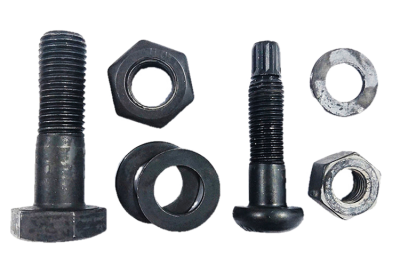
3. Riveted joints
Features
Not easy to sense: Unlike bolted connections, it is difficult to sense and reinstall the connection once it is completed, and the parts may be damaged during the induction.
Suitable for thicker plate connections: Riveting is particularly suitable for connecting thicker metal plates or materials, which makes riveted joints widely used in some occasions with higher strength and higher requirements.
Good fatigue resistance: Since riveted joints can improve the strength of the joint area through the pressure matching of the butt surface, the fatigue resistance of riveted joints is good, which is suitable for the conditions of alternating riveting.
Function
Riveted joints have played an important role in many industrial fields in the past (such as shipbuilding, aircraft manufacturing, etc.). Although they have been replaced by welding and bolted connections in some applications, riveted joints are currently widely used in bridges, railways and some special environments of aviation.
Suitable for occasions that are subject to shock and shock, and the connection parts are required to have the above-mentioned fatigue resistance. Connections usually involve fields such as ships, aircraft, and pressure containers, especially in high temperature and statistical environments.
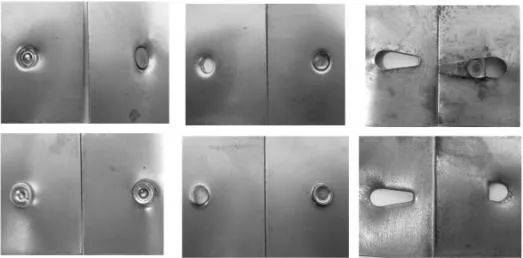
4. Adhesive Bonding Joints
Types
Structural bonding, sealing bonding, double-sided tape bonding
Features
No heat-affected zone: Bonding does not involve high-temperature processes, so there are no common heat-affected zone problems in welded joints (such as thermal cracks and deformation), which is suitable for connecting some heat-sensitive materials.
Light weight: Bonding does not require additional mechanical connectors, so it does not increase weight, and is suitable for fields such as aerospace and automobiles that require lightweight.
Not easy to sense: Similar to welding, adhesive joints are not easy to sense once completed, so adhesive joints may not be suitable for occasions that require rapid disassembly or reassembly.
Wide range of applications: Adhesive joints are suitable for a variety of materials such as metals, plastics, glass, and composite materials, and can connect different types of materials and are comfortable.
Strong corrosion resistance: Adhesive joints can effectively prevent metal corrosion at the joints and are suitable for applications in groundwater environments.
Function
Adhesive joints are widely used in industries such as automobiles, electronics, and aerospace, especially when it is necessary to connect thin and light materials or dissimilar materials. For example, the connection of automotive glass, the connection of aircraft fuselage components, and the bumps on the housing of electronic equipment.
Gluing also has good waterproofing, shock absorption and vibration reduction effects, and is also commonly used in the manufacture of protective shells and seals.

Factors affecting joint performance
Geographical location
Stress concentration at the joint is an important factor affecting strength and fatigue resistance. Due to the presence of heat-affected zones, welded joints are prone to local stress concentration problems. Bolted and riveted joints, due to the use of mechanical connectors, can usually disperse the stress well and reduce local concentration.
Material selection
Different joint methods have different requirements for materials. Welding and bolting must strictly select metal materials, especially welding and bolting of high-strength steel, aluminum alloy and other materials, which must ensure the strength and ductility of the materials. While adhesive and bolted joints have advantages in connecting dissimilar materials, they also require the material strength of adhesives or bolts.
Environmental factors
Environmental factors such as temperature, humidity, and corrosion have an important influence on the strength and fatigue resistance of joints. Welded joints are prone to thermal fatigue cracks at high temperatures, while bolted and fastened joints may be affected by corrosion in statistical environments, and adhesive joints need to consider the weather resistance of adhesives.
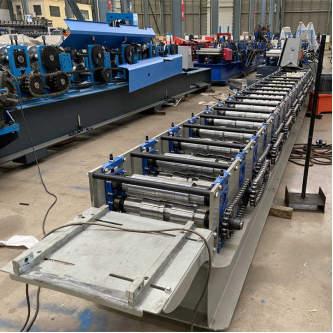
The performance of metal plate joints directly affects the bearing capacity and reliability of the structure. In actual engineering, the connection method of metal plates must not only consider the initial strength, but also the fatigue resistance when subjected to alternating fatigue during long-term use. Focusing on technological progress, various joint methods such as welding, bolting, bolting and adhesive bonding have been widely studied in different engineering fields. Contact Xuanmin to start your metal plate connection work.
